Trademark Infringement Cease and Desist Letter Template
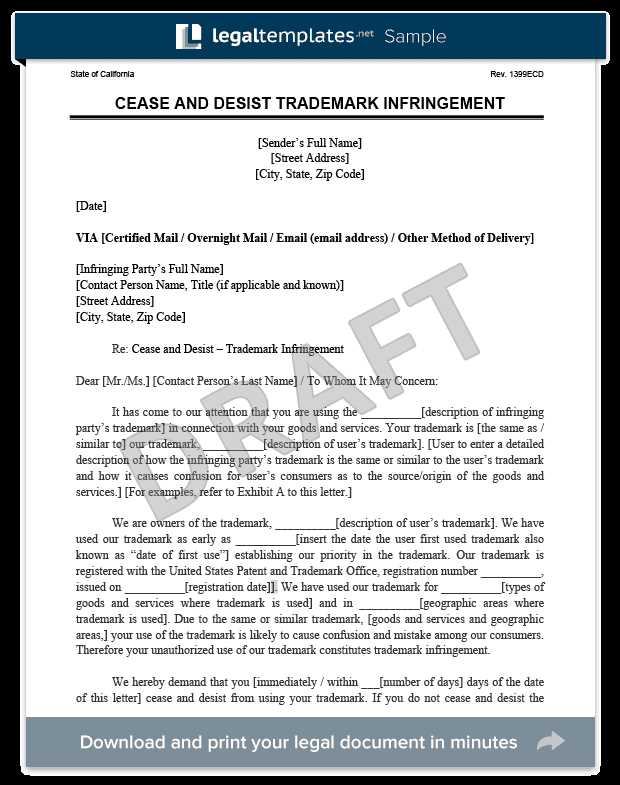
When someone unlawfully uses your intellectual property, it’s important to take immediate action to protect your rights. One of the most effective ways to handle such situations is through formal communication, which clearly expresses your concerns and demands a resolution.
By sending a well-crafted notice, you inform the other party of the violation and ask them to stop using your property without permission. This approach helps avoid lengthy legal proceedings and often leads to a swift resolution.
In this guide, we will explore the essential components of this type of communication, the steps involved in drafting it, and what to expect when sending it. Properly addressing unauthorized use of your intellectual property is a key step in safeguarding your assets.
Intellectual Property Violations and Legal Actions
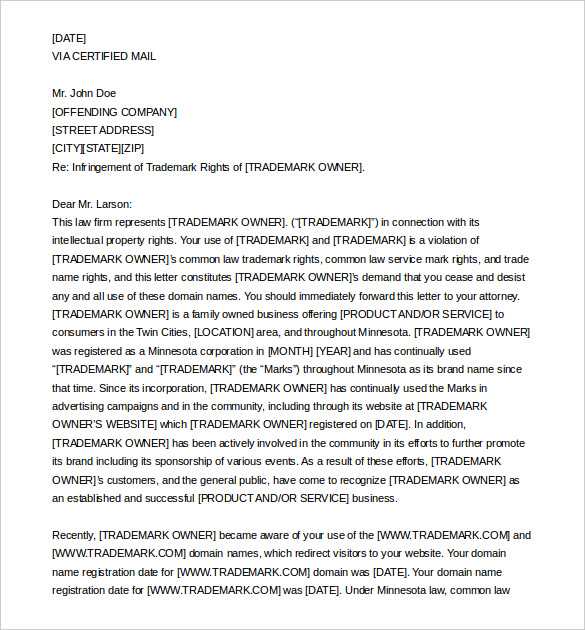
When an individual or company misuses a creator’s intellectual property, it can lead to significant financial and reputational damage. Addressing these violations promptly is essential to maintain the value of your assets and prevent further harm.
Legal action can take many forms, ranging from informal resolutions to formal litigation. The first step often involves sending a formal request, demanding the infringing party to halt their unauthorized actions. If this does not yield results, pursuing more serious legal measures may be necessary.
Understanding the legal process is crucial for protecting your rights. This may include seeking advice from a lawyer, exploring alternatives such as mediation, or preparing for court proceedings if the issue escalates.
Understanding the Cease and Desist Process
The process of addressing unlawful use of your intellectual property begins with clear communication. This step serves to formally inform the offending party that their actions are illegal and must be stopped immediately.
While this may seem like a simple request, it is an important legal tool that often resolves disputes without the need for lengthy court battles. A well-crafted notice can serve as an effective warning, urging the infringer to halt their activities before further legal action is necessary.
In this process, clarity and precision are key. The communication should outline the specific actions that are causing harm, demand that they stop, and provide a reasonable timeline for compliance. If the recipient ignores the notice, further steps may involve more formal legal proceedings.
Key Elements of an Effective Letter
When addressing unauthorized use of your intellectual property, it’s crucial to craft a communication that is clear, concise, and legally sound. A well-structured request can prevent the need for further legal action and help resolve the issue swiftly.
Here are the essential components to include in such a communication:
- Clear Identification of Rights: Start by explaining your ownership of the intellectual property being violated.
- Detailed Description of Violation: Specify how the other party’s actions are infringing on your rights, including dates, locations, and specific instances.
- Explicit Demand: Clearly state what you expect from the recipient, whether it’s stopping the unauthorized use or taking other corrective actions.
- Timeline for Action: Provide a reasonable deadline for compliance, giving the recipient enough time to respond and act.
- Consequences for Non-compliance: Outline potential legal steps that will be taken if the issue is not resolved within the specified timeline.
- Contact Information: Include your contact details for further communication or clarification.
By including these elements, you create a strong case for resolving the situation efficiently while protecting your rights.
Steps to Draft a Legal Notice
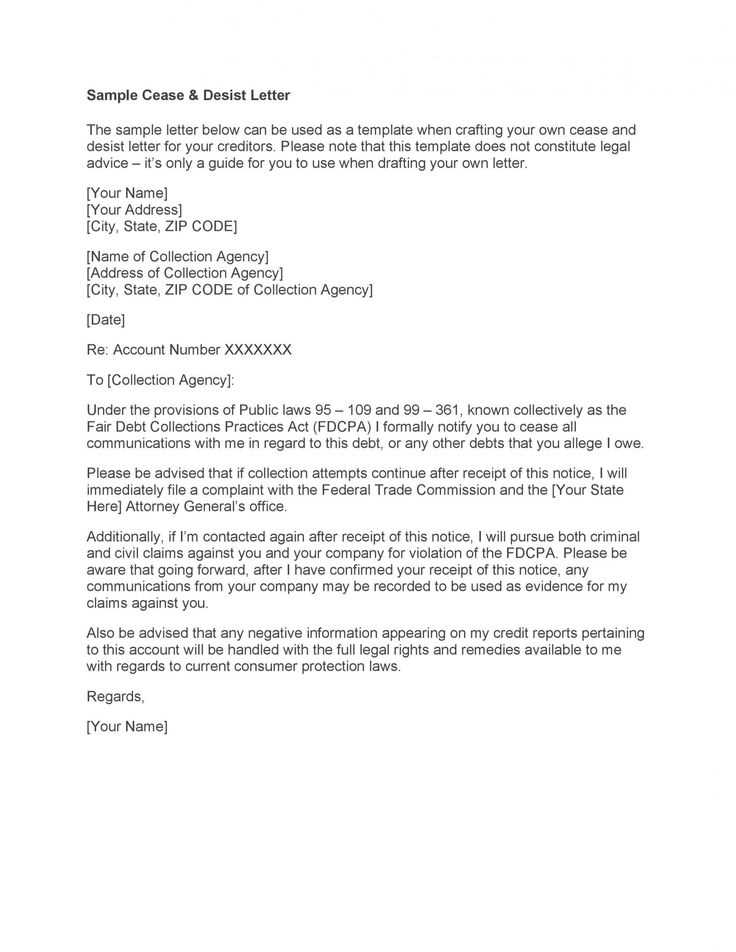
Creating a formal notice to address unlawful use of your intellectual property requires attention to detail. Each step is important to ensure the message is clear, professional, and legally sound. A well-drafted notice can often lead to the resolution of the issue without the need for formal legal action.
The process involves several key steps to ensure that all necessary information is included. Below is an overview of the steps to follow when drafting this important document:
| Step | Description |
|---|---|
| 1. Identify the Recipient | Clearly state the name and contact information of the party who is violating your rights. |
| 2. Provide Background Information | Explain the nature of your intellectual property and how it is being used without permission. |
| 3. State the Violation | Describe in detail how the recipient is misusing your property, including specific actions or instances. |
| 4. Make a Demand | Specify what you expect the recipient to do, such as stopping the unauthorized use or taking corrective measures. |
| 5. Set a Deadline | Provide a clear deadline for compliance, ensuring the recipient has enough time to respond. |
| 6. Explain Consequences | Outline the potential legal actions you will take if the issue is not resolved within the given timeframe. |
Following these steps ensures that the communication is effective and legally binding, allowing you to protect your intellectual property rights effectively.
Legal Consequences of Ignoring the Letter
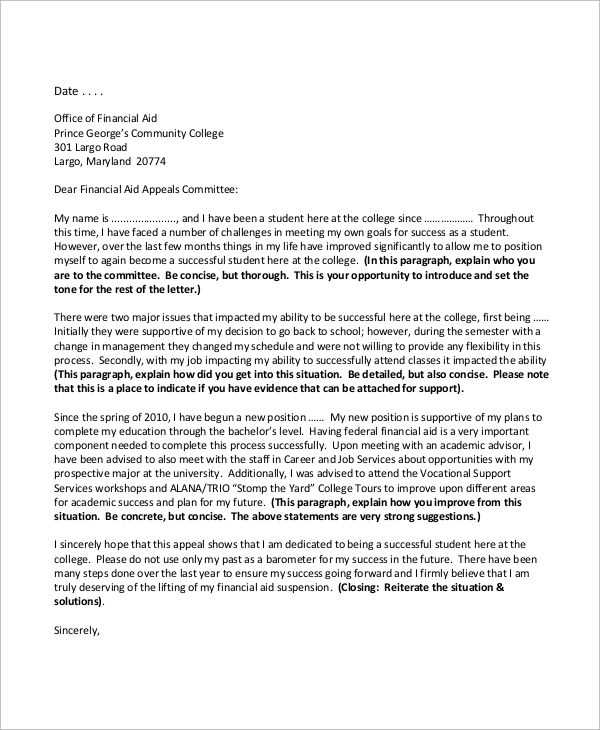
Failure to respond to formal communication regarding the unauthorized use of your intellectual property can lead to serious legal repercussions. Ignoring such a request may escalate the situation, ultimately resulting in more severe consequences, including financial penalties and prolonged legal battles.
If the recipient does not take the necessary action within the specified timeline, you may be forced to pursue more formal legal steps, such as filing a lawsuit or seeking an injunction. These legal measures can be costly, time-consuming, and potentially harmful to the business or individual involved.
In addition to financial implications, ignoring these requests can also damage a company’s reputation. Legal disputes often attract public attention, which could result in lasting harm to a brand’s image.
It is in the best interest of both parties to resolve such matters quickly and amicably. However, when ignored, the legal system provides tools to ensure the protection of your rights and the enforcement of proper remedies.
How to Respond to a Cease and Desist
Receiving formal communication regarding the unauthorized use of someone else’s intellectual property can be a serious matter. It’s important to handle the situation promptly and professionally to avoid escalating the issue into a legal dispute. Your response can either resolve the matter or lead to further complications, so it is essential to address it correctly.
1. Understand the Claims
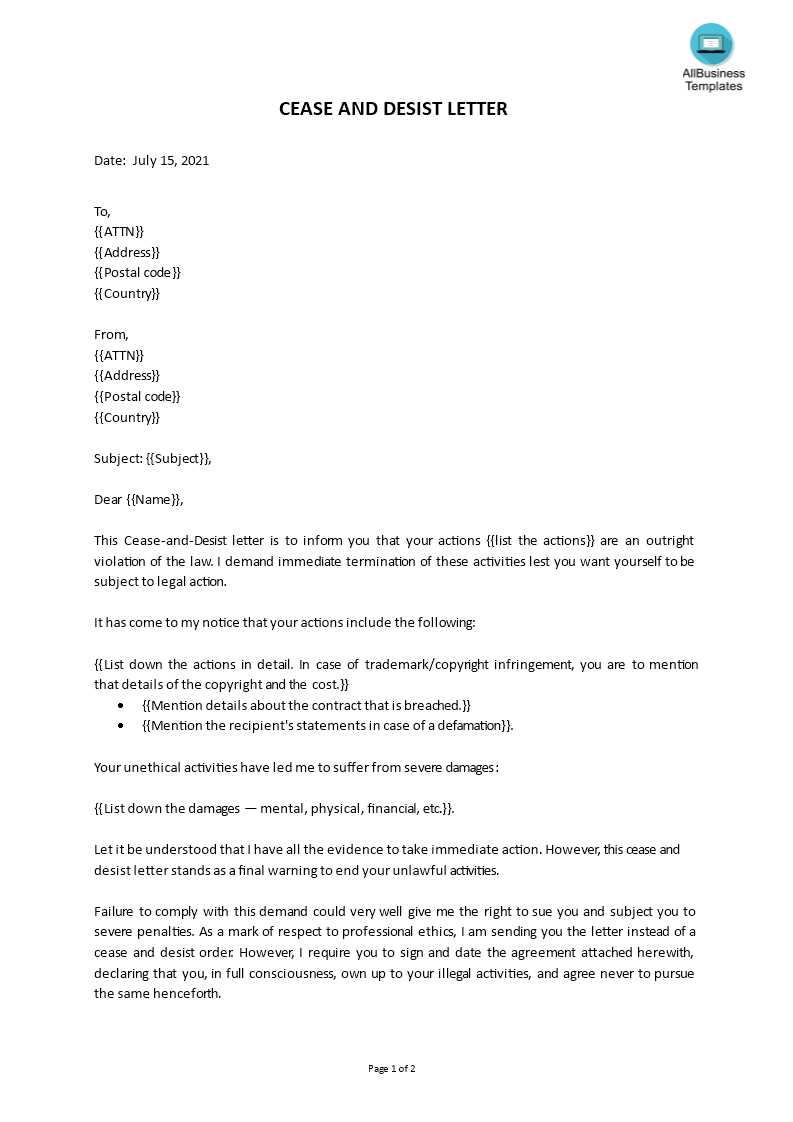
The first step in responding is to carefully read the communication to understand the claims being made. Determine the specific actions you are being accused of and evaluate whether they are valid. If you have not been using the property as claimed, this will influence how you proceed.
2. Seek Legal Advice
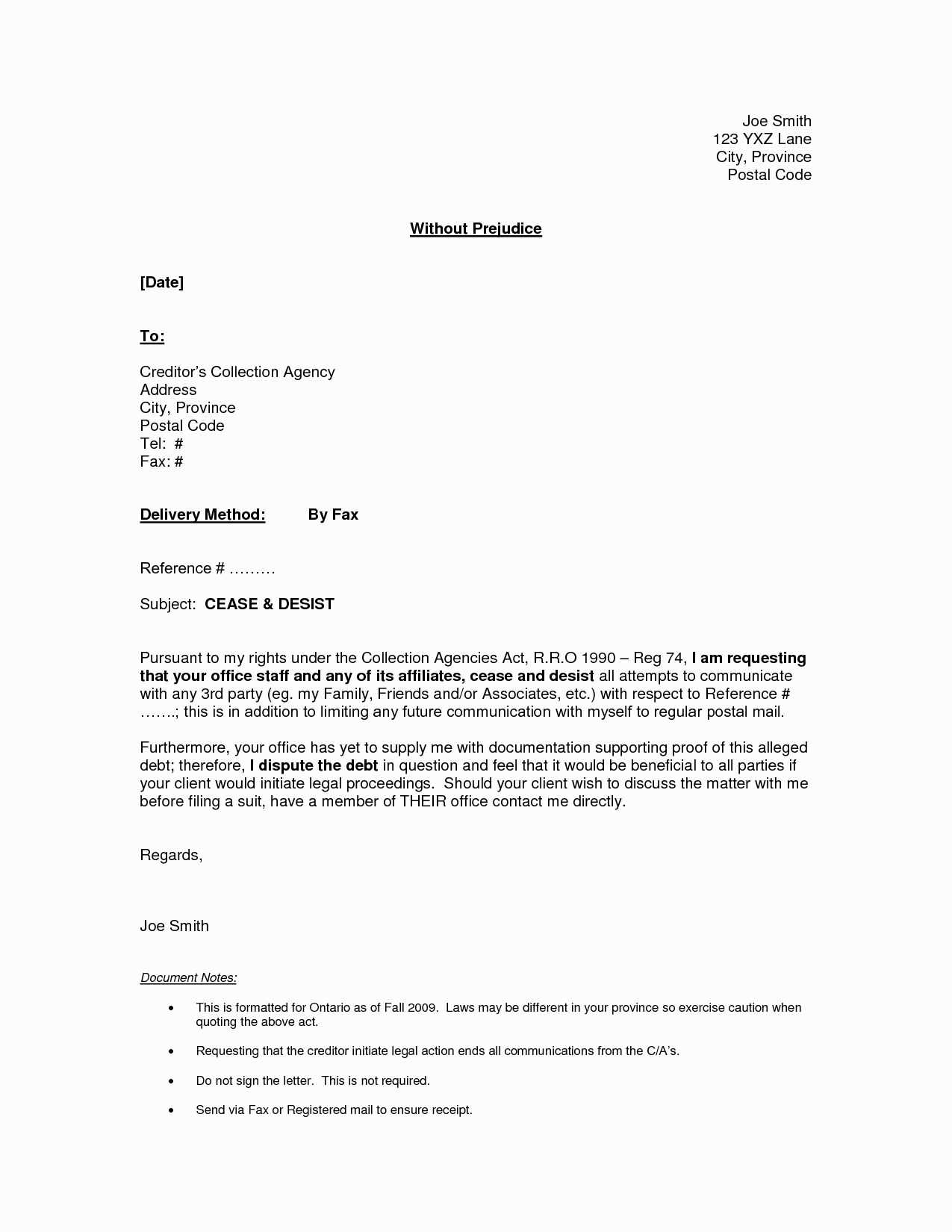
If the claim seems legitimate or if you’re uncertain about the validity of the allegations, it is advisable to consult with a legal professional. A lawyer can help you understand your rights and options, and assist you in crafting an appropriate response that protects your interests.
Once you’ve fully understood the situation and received legal guidance, you can decide whether to comply with the demands, negotiate a resolution, or dispute the claims made against you. Prompt and careful action will help you navigate this process smoothly.